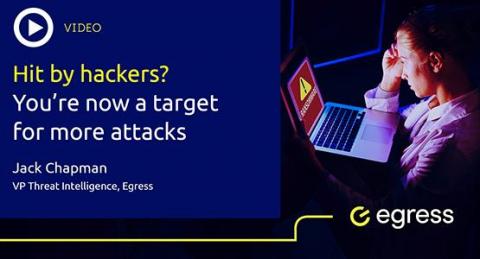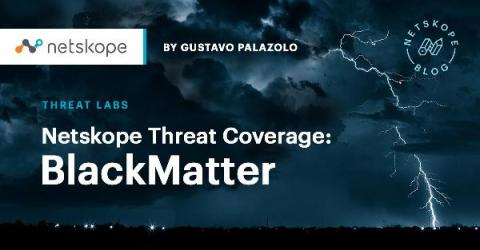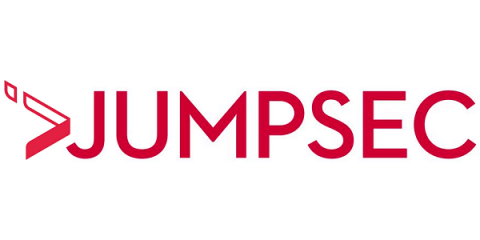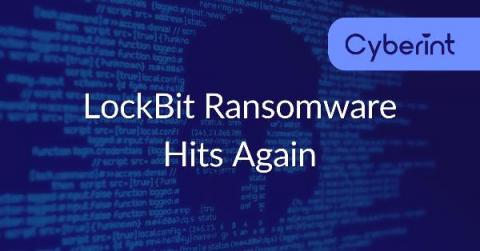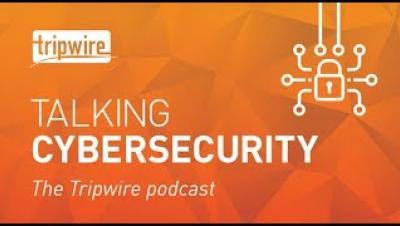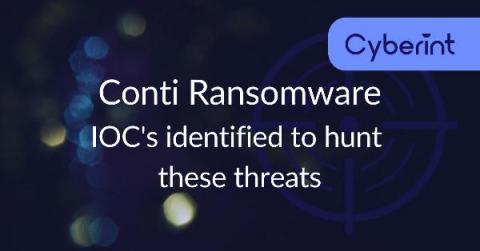5 Reasons we're seeing more ransomware attacks than ever before
Cybersecurity specialists have noticed several troubling trends over the past year, ransomware being one of the most concerning. While this is far from a new issue, it’s now more common than ever before. Every month in Q2 2021 set a new record for ransomware attempts, contributing to a 151% year-over-year increase compared to 2020. Cybercrime has risen in the past year, but ransomware attacks are outpacing other forms.






